Home>Home Appliances>Lighting Appliances>How LED Strips Work
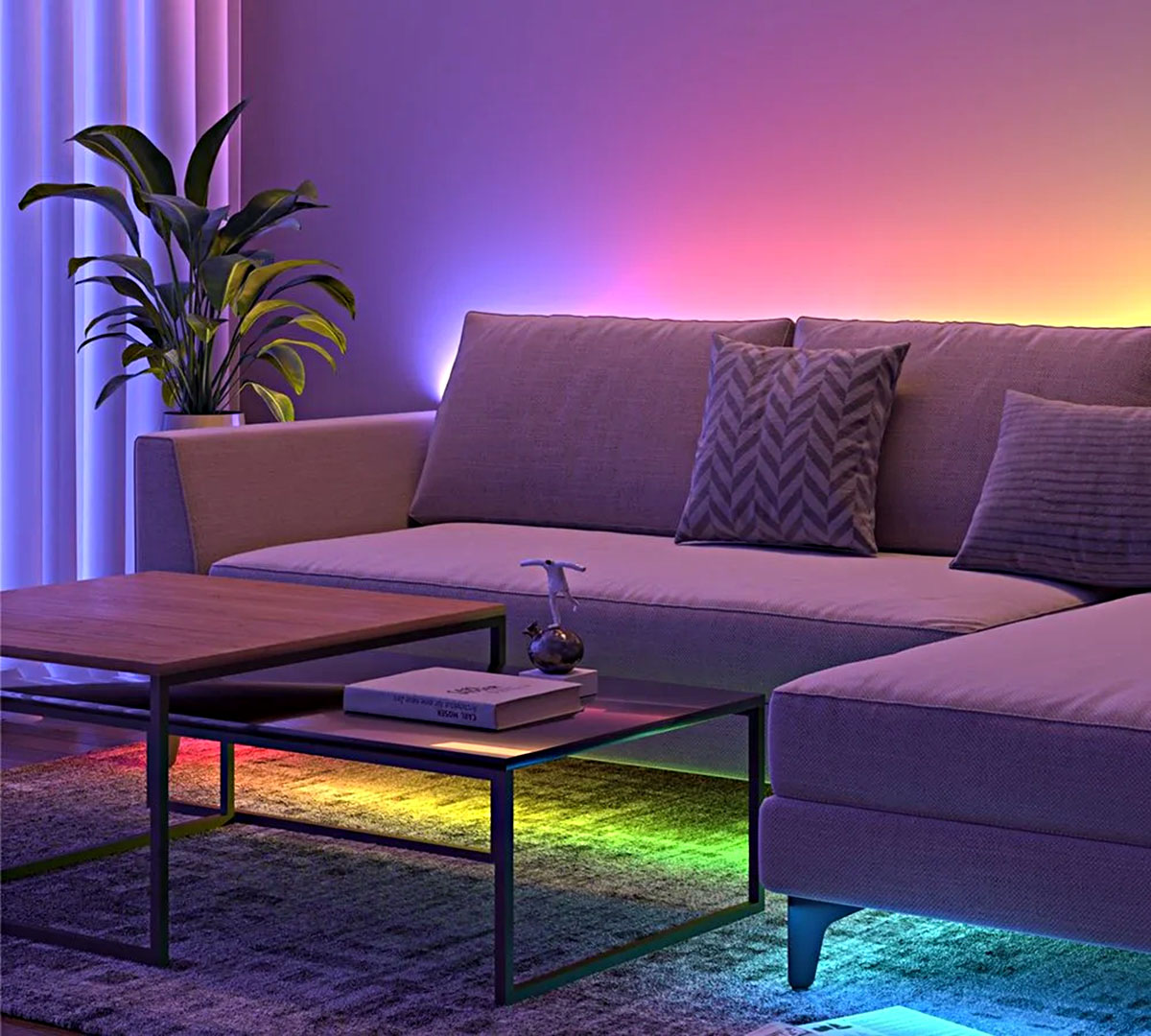

Lighting Appliances
How LED Strips Work
Modified: February 28, 2024
Discover how LED strips work and learn about their applications in lighting appliances. Explore the technology behind LED strips and their energy-efficient benefits.
(Many of the links in this article redirect to a specific reviewed product. Your purchase of these products through affiliate links helps to generate commission for Storables.com, at no extra cost. Learn more)
Introduction
Welcome to the fascinating world of LED strips! These versatile and energy-efficient lighting solutions have revolutionized the way we illuminate our surroundings. Whether you're looking to add a touch of ambiance to your living space, enhance the aesthetic appeal of a commercial setting, or embark on a creative DIY lighting project, LED strips offer an array of possibilities.
In this comprehensive guide, we'll delve into the inner workings of LED strips, exploring their components, functionality, types, applications, and the advantages they offer over traditional lighting options. By the end of this journey, you'll have a thorough understanding of how LED strips operate and the myriad ways in which they can be utilized to elevate various environments.
So, let's embark on an illuminating exploration of LED strips, shedding light on their mechanisms, applications, and the unique benefits they bring to the table. Whether you're a lighting enthusiast, a DIY aficionado, or simply curious about the technology behind modern illumination, this guide is sure to brighten your perspective on LED strips.
Key Takeaways:
- LED strips are flexible, energy-efficient lighting solutions that offer vibrant illumination in various colors. They are versatile, durable, and suitable for a wide range of applications, from ambient lighting to creative DIY projects.
- LED strips operate using light-emitting diodes (LEDs) and are powered by low-voltage direct current. They offer dynamic lighting effects, color options, and long-lasting performance, making them a compelling choice for modern lighting needs.
Read more: Why Aren’t My LED Strips Working
What are LED Strips?
LED strips, also known as LED tape or ribbon lights, are flexible circuit boards populated with light-emitting diodes (LEDs) that emit powerful, vibrant illumination. These thin, adhesive-backed strips are designed to provide seamless and energy-efficient lighting in a wide range of applications. The compact and versatile nature of LED strips makes them a popular choice for both residential and commercial lighting needs.
One of the defining features of LED strips is their flexibility, allowing them to conform to various shapes and surfaces. This flexibility opens up a world of creative lighting possibilities, enabling users to illuminate spaces and objects in ways that were previously impractical with traditional lighting solutions.
LED strips are available in an assortment of colors, including single-color and multi-color (RGB) options, allowing for dynamic and customizable lighting effects. Whether you seek a soft, warm glow for ambient lighting or vibrant, color-changing hues for decorative purposes, LED strips can cater to a diverse array of lighting preferences.
Furthermore, LED strips are designed to be low-voltage, making them safe and energy-efficient. This characteristic not only reduces electricity consumption but also minimizes the risk of overheating, making LED strips a reliable and durable lighting solution.
Overall, LED strips represent a modern and versatile approach to lighting, offering flexibility, energy efficiency, and a diverse range of lighting options. Their compact size, vibrant illumination, and adaptability make them a popular choice for various lighting applications, from accent lighting and decorative installations to functional illumination in residential, commercial, and creative settings.
How Do LED Strips Work?
At the core of LED strips is the light-emitting diode (LED) technology, which serves as the driving force behind their functionality. LED strips consist of multiple LEDs arranged in a continuous sequence along a flexible circuit board. These LEDs are responsible for emitting light when an electric current passes through them, resulting in the vibrant illumination characteristic of LED strips.
LED strips operate on the principle of electroluminescence, wherein the movement of electrons within the semiconductor material of the LEDs generates photons, producing light. This process is highly efficient, as it minimizes heat generation and maximizes the conversion of electrical energy into visible light.
To power LED strips, a low-voltage direct current (DC) is supplied to the circuit, typically through a power source such as a driver or transformer. The LEDs on the strip are connected in series or parallel configurations, allowing for uniform and consistent illumination across the entire length of the strip.
Furthermore, LED strips often incorporate resistors to regulate the flow of current and ensure that each LED receives the appropriate voltage to emit light at the desired intensity. This careful control of electrical parameters contributes to the longevity and reliability of LED strips, as it prevents overloading and ensures stable performance over time.
LED strips may also feature additional components, such as controllers and dimmers, to enable dynamic lighting effects and color adjustments. These elements allow users to customize the brightness, color, and behavior of the LED strips, adding a layer of versatility and personalization to their lighting installations.
Overall, the operation of LED strips revolves around the efficient conversion of electrical energy into radiant light through the use of LEDs and associated circuitry. This process results in a reliable, energy-efficient, and visually striking lighting solution that can be tailored to meet a diverse range of lighting requirements and creative preferences.
Components of LED Strips
LED strips consist of several key components that work in unison to facilitate their functionality and versatility. Understanding these components provides insight into the inner workings of LED strips and the factors that contribute to their reliable and efficient operation.
1. Light-Emitting Diodes (LEDs): The LEDs are the fundamental light-emitting components of the strip. These semiconductor devices emit light when an electric current passes through them, providing the illumination that is characteristic of LED strips. LEDs are available in various colors and can be arranged to achieve different lighting effects, making them a versatile lighting solution.
2. Flexible Circuit Board: The flexible circuit board serves as the physical foundation of the LED strip, providing a platform for mounting the LEDs and connecting the electrical components. This flexible construction enables the strip to conform to curved or irregular surfaces, expanding its potential applications and creative possibilities.
3. Resistors: Resistors are integrated into the circuitry of LED strips to regulate the flow of electrical current to the LEDs, ensuring that they receive the appropriate voltage for optimal performance. By controlling the current, resistors contribute to the longevity and stability of the LEDs, preventing overloading and maintaining consistent illumination.
4. Power Source: LED strips require a power source to supply the necessary electrical energy for illumination. This power source is typically a low-voltage direct current (DC) provided by a driver or transformer. The selection of an appropriate power source is crucial for the reliable and safe operation of LED strips.
5. Controllers and Dimmers: Some LED strips incorporate controllers and dimmers, allowing users to adjust the brightness, color, and dynamic lighting effects. These components enhance the versatility of LED strips, enabling users to customize their lighting installations to suit specific preferences and applications.
6. Adhesive Backing: Many LED strips feature an adhesive backing that facilitates easy and secure installation on various surfaces. This adhesive backing simplifies the mounting process, making LED strips accessible for a wide range of lighting projects and applications.
By understanding the components of LED strips, users can gain a deeper appreciation for the technology behind these lighting solutions and make informed decisions when selecting, installing, and customizing LED strip lighting for their specific needs.
LED strips work by using light-emitting diodes (LEDs) to produce light when an electric current passes through them. The color and brightness of the light can be controlled by the voltage and type of LEDs used.
Types of LED Strips
LED strips are available in various types, each tailored to specific lighting requirements and creative preferences. Understanding the different types of LED strips enables users to select the most suitable option for their intended applications, whether it involves ambient lighting, accentuating architectural features, or creating captivating visual displays.
1. Single-color LED Strips: These LED strips emit light in a single color, such as warm white, cool white, or a specific hue within the color spectrum. They are ideal for providing consistent and uniform illumination in residential, commercial, and decorative settings. Single-color LED strips are commonly used for task lighting, accent lighting, and general ambient illumination.
2. RGB LED Strips: RGB LED strips incorporate red, green, and blue LEDs, allowing for the creation of a wide range of colors through color mixing. These strips offer dynamic color-changing capabilities, enabling users to achieve vibrant and captivating lighting effects. RGB LED strips are popular for decorative lighting, visual displays, and creative lighting installations that require versatile color options.
3. RGBW LED Strips: RGBW LED strips combine red, green, blue, and white LEDs, providing enhanced color-mixing capabilities along with the option for pure white illumination. The addition of a dedicated white LED enhances the versatility of these strips, allowing for both dynamic color effects and high-quality white light, making them suitable for a diverse range of lighting applications.
4. Tunable White LED Strips: Tunable white LED strips offer the ability to adjust the color temperature of the light, ranging from warm white to cool white. This flexibility allows users to create varying ambiances and adapt the lighting to different activities and environments. Tunable white LED strips are well-suited for applications where adjustable color temperature is desired, such as residential lighting, hospitality settings, and retail displays.
5. High-CRI LED Strips: High-CRI (Color Rendering Index) LED strips are designed to accurately render colors and textures, making them ideal for environments where color fidelity is crucial, such as art galleries, retail spaces, and photography studios. These strips provide superior color accuracy and are capable of showcasing the true vibrancy and detail of illuminated objects.
By considering the unique characteristics and capabilities of each type, users can select the most appropriate LED strip for their specific lighting needs, whether it involves creating captivating visual displays, enhancing ambiance, or achieving precise color rendering in professional settings.
Read more: How To Connect To LED Strips
Applications of LED Strips
LED strips find diverse applications across residential, commercial, and creative environments, offering versatile lighting solutions that cater to a wide range of needs and aesthetic preferences. The flexibility, energy efficiency, and customizable features of LED strips make them well-suited for an array of lighting applications, contributing to both functional illumination and captivating visual displays.
1. Ambient Lighting: LED strips are commonly used to create ambient lighting in residential spaces, such as kitchens, living rooms, and bedrooms. Their ability to produce soft, uniform illumination makes them ideal for enhancing the overall ambiance and visual appeal of interior environments.
2. Task Lighting: In workspaces, kitchens, and utility areas, LED strips serve as efficient task lighting solutions, providing focused and glare-free illumination for various activities. Their low-profile design and adjustable brightness make them practical for illuminating specific work areas with precision.
3. Accent Lighting: LED strips are employed to accentuate architectural features, decorative elements, and design details within interior and exterior spaces. Their flexibility allows them to be discreetly installed to highlight specific areas, adding depth and visual interest to the surroundings.
4. Decorative Installations: From creative DIY projects to professional installations, LED strips are utilized for decorative lighting purposes, enabling the creation of captivating visual displays, illuminated signage, and artistic lighting arrangements. Their color-changing capabilities and dynamic effects contribute to visually striking and immersive lighting designs.
5. Display and Retail Lighting: In commercial settings, such as retail stores, galleries, and exhibitions, LED strips are employed to showcase products, artworks, and displays with precise and vibrant illumination. Their ability to render colors accurately and create captivating visual effects enhances the presentation of merchandise and visual content.
6. Architectural and Landscape Lighting: LED strips are integrated into architectural elements, façades, and outdoor landscapes to provide accent lighting, outline contours, and create dramatic lighting effects. Their weather-resistant properties and adaptability to outdoor environments make them suitable for enhancing the visual impact of architectural structures and outdoor spaces.
By catering to these diverse applications, LED strips contribute to the creation of inviting atmospheres, functional lighting solutions, and visually engaging displays in a variety of settings. Their adaptability, energy efficiency, and customizable features make them a valuable lighting resource for both practical and creative lighting needs.
Advantages and Disadvantages of LED Strips
LED strips offer a host of advantages that make them a popular choice for lighting applications, but they also present certain limitations that should be considered when evaluating their suitability for specific projects. Understanding the advantages and disadvantages of LED strips provides valuable insight into their capabilities and potential trade-offs.
Advantages:
- Energy Efficiency: LED strips are highly energy-efficient, consuming significantly less power than traditional lighting sources. This results in reduced electricity costs and lower environmental impact.
- Longevity: LED strips have a long operational lifespan, often exceeding traditional lighting sources by thousands of hours. This longevity reduces maintenance and replacement frequency, contributing to cost savings and convenience.
- Flexibility: The flexible design of LED strips allows them to conform to various shapes and surfaces, enabling versatile installations and creative lighting designs.
- Color Options: LED strips are available in a wide range of colors and color-changing options, providing flexibility for creating dynamic lighting effects and achieving specific ambiance requirements.
- Instant Illumination: LED strips reach full brightness instantly, eliminating warm-up time and providing immediate illumination when activated.
- Low Heat Emission: LED strips generate minimal heat, making them safe to handle and reducing the risk of overheating in confined spaces.
Disadvantages:
- Initial Cost: The upfront cost of LED strips may be higher than traditional lighting options, although the long-term energy savings and reduced maintenance costs often offset this initial investment.
- Complexity of Installation: Some LED strip installations may require additional accessories, such as controllers and power supplies, adding complexity to the setup process.
- Color Consistency: Achieving consistent color output across LED strips, especially in RGB and color-changing variants, may require careful calibration and quality control to ensure uniformity.
- Directional Illumination: LED strips emit light in a specific direction, which may necessitate careful positioning for optimal illumination in certain applications.
- Environmental Factors: While LED strips are generally durable, exposure to extreme temperatures, moisture, or physical stress can impact their performance and longevity, requiring appropriate environmental considerations.
By weighing these advantages and disadvantages, users can make informed decisions regarding the integration of LED strips into their lighting projects, considering factors such as energy efficiency, lighting design flexibility, initial investment, and long-term performance requirements.
Conclusion
As we conclude our exploration of LED strips, it becomes clear that these innovative lighting solutions have transformed the way we illuminate and accentuate our surroundings. From their flexible and energy-efficient design to their diverse color options and dynamic capabilities, LED strips offer a compelling array of benefits that cater to a wide spectrum of lighting needs and creative aspirations.
By harnessing the power of light-emitting diodes (LEDs) and leveraging advanced circuitry, LED strips provide a reliable, long-lasting, and visually striking lighting solution that has found its place in residential, commercial, and artistic environments. Their adaptability to a multitude of applications, including ambient lighting, task illumination, decorative installations, and architectural enhancements, showcases the versatility and appeal of LED strips as a lighting resource.
Furthermore, the advantages of LED strips, such as energy efficiency, longevity, and color flexibility, position them as a sustainable and impactful lighting choice, contributing to both environmental responsibility and creative expression. While certain considerations, such as initial cost and installation complexity, warrant attention, the overall benefits of LED strips make them a compelling option for modern lighting projects.
As technology continues to advance and lighting design evolves, LED strips remain at the forefront of innovation, offering new possibilities for captivating visual displays, immersive environments, and functional illumination. Their role in shaping the aesthetics and functionality of interior and exterior spaces is undeniable, and their potential for creative expression and artistic lighting designs continues to inspire architects, designers, and enthusiasts alike.
In essence, LED strips embody the convergence of practicality and creativity, providing a platform for illuminating spaces with efficiency, vibrancy, and adaptability. Whether it’s the subtle glow of ambient lighting, the dynamic hues of color-changing effects, or the precision of task illumination, LED strips stand as a testament to the transformative power of light in shaping our environments and experiences.
As we look to the future of lighting design and visual expression, LED strips stand as a beacon of innovation, offering a canvas of light that invites exploration, creativity, and the endless possibilities of illumination.
Frequently Asked Questions about How LED Strips Work
Was this page helpful?
At Storables.com, we guarantee accurate and reliable information. Our content, validated by Expert Board Contributors, is crafted following stringent Editorial Policies. We're committed to providing you with well-researched, expert-backed insights for all your informational needs.

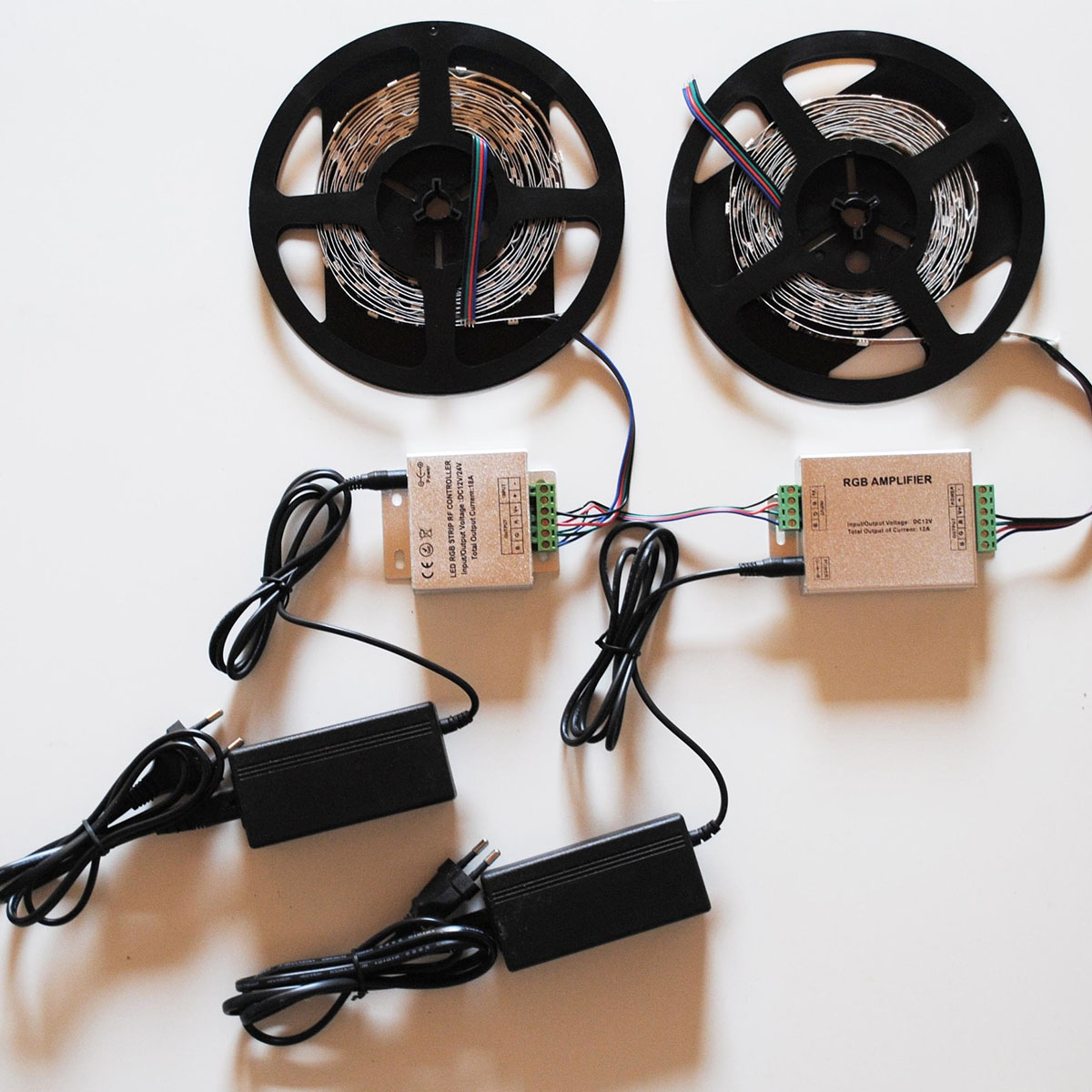
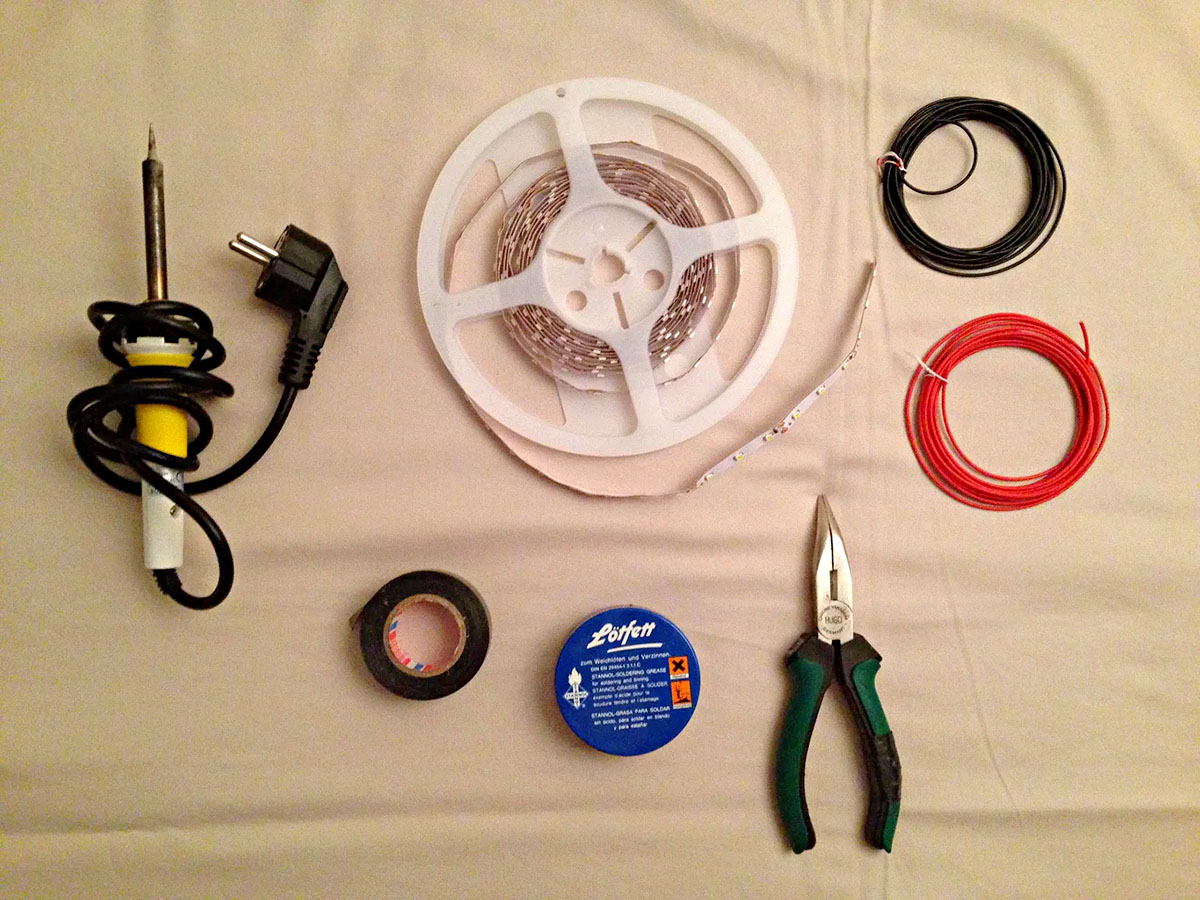
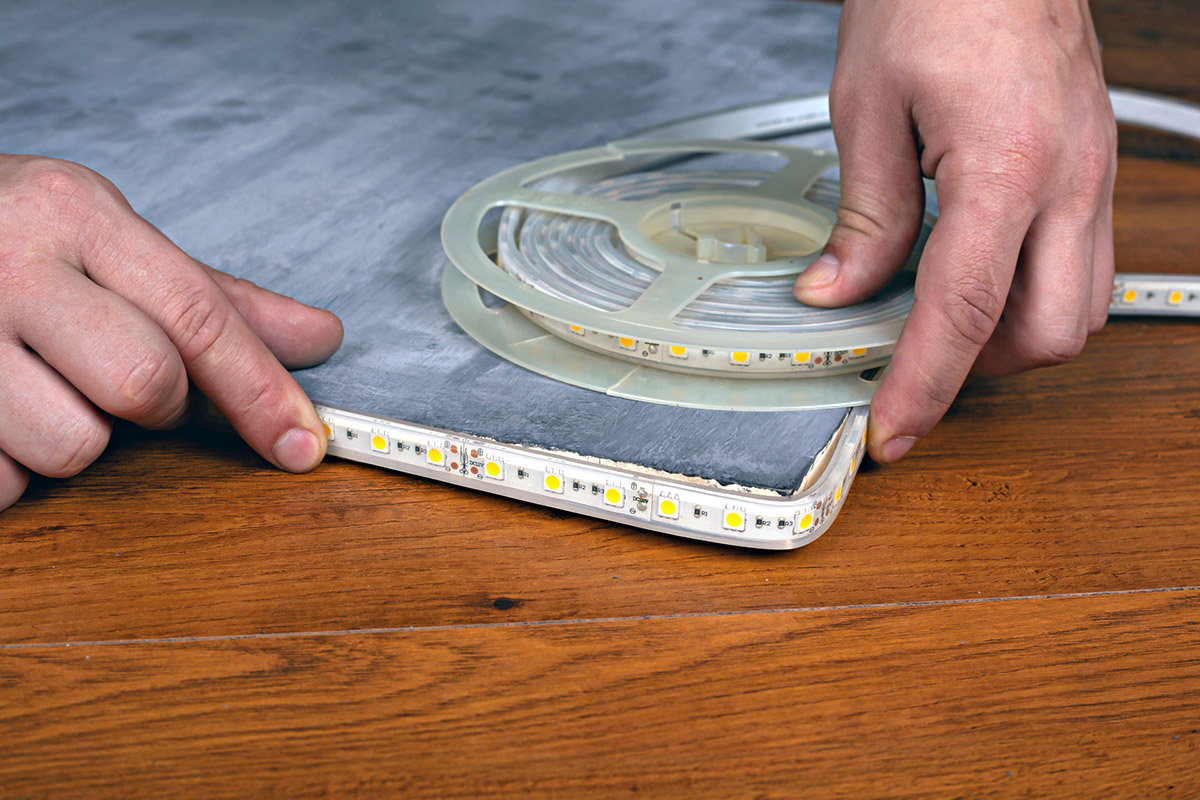
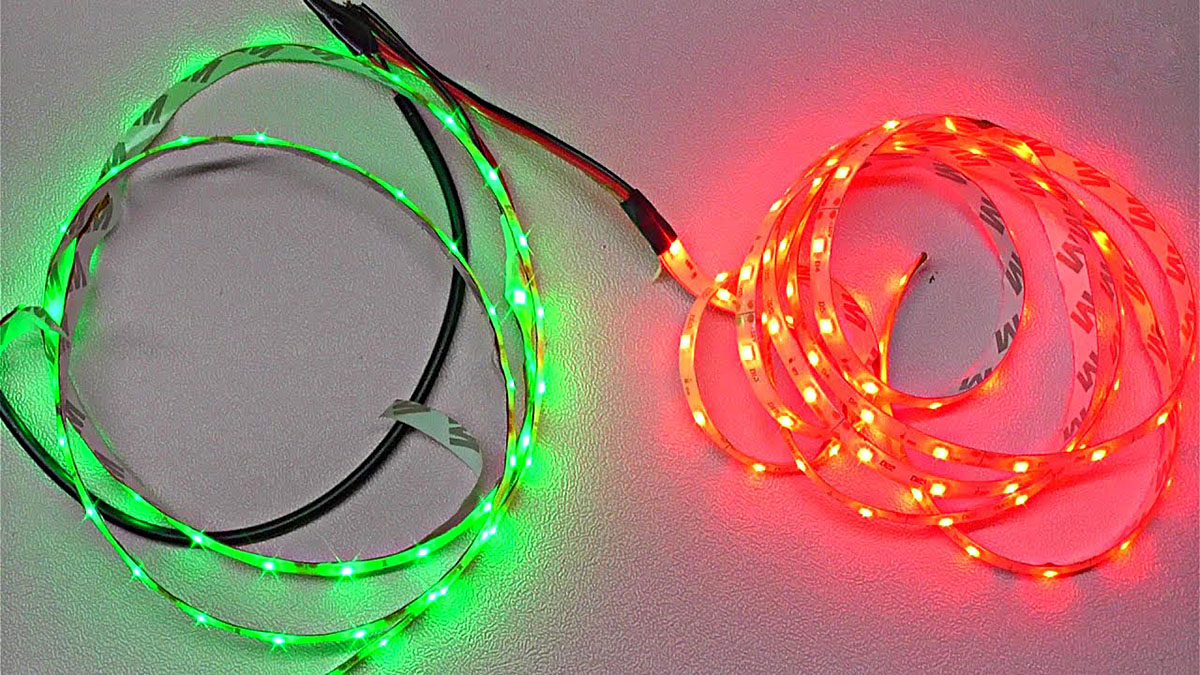
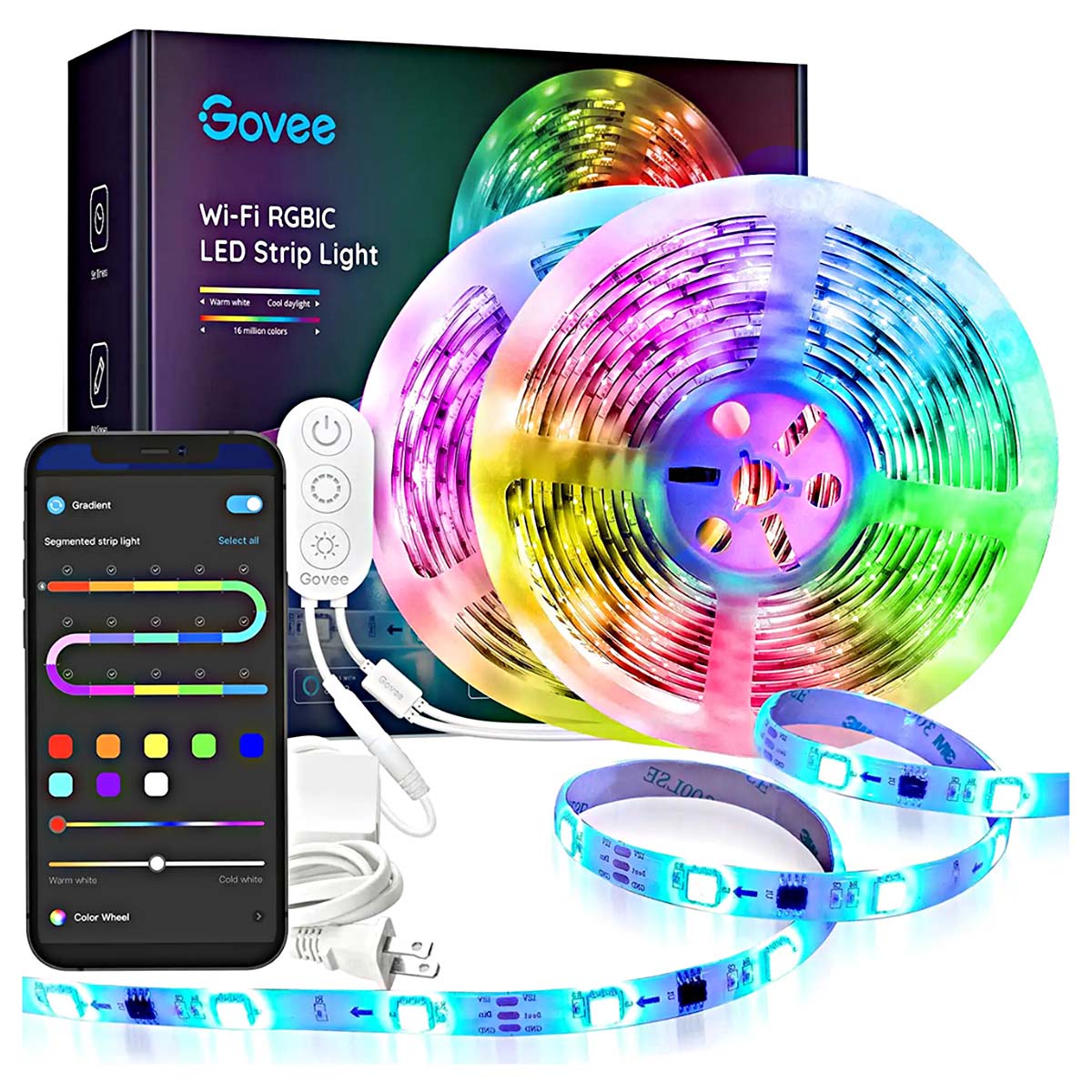
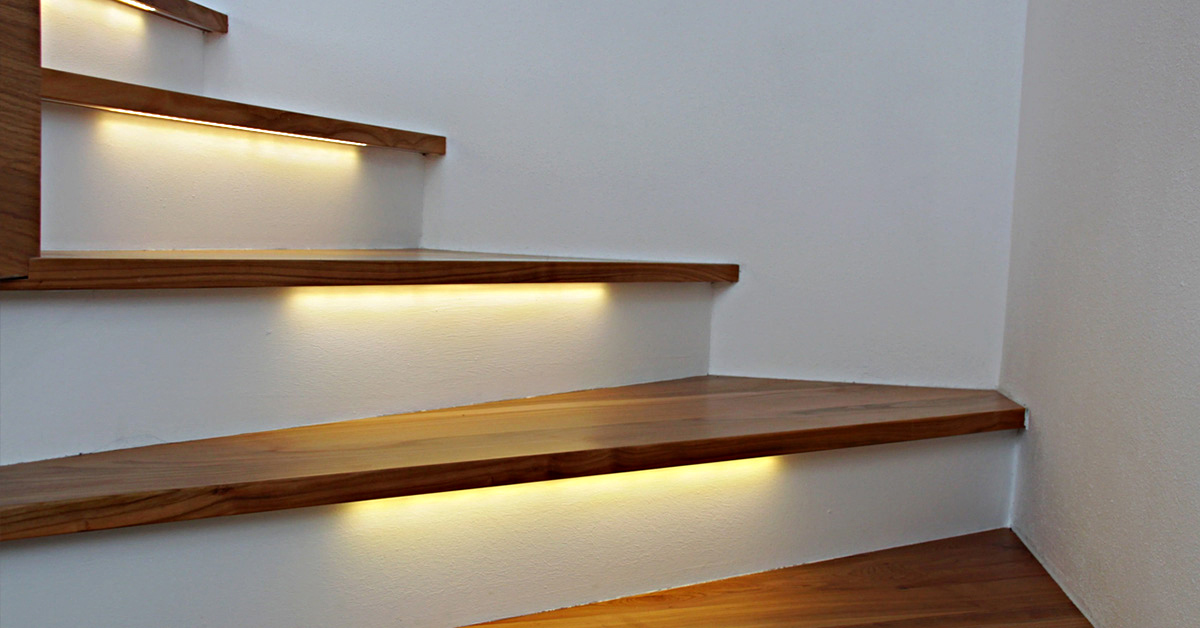

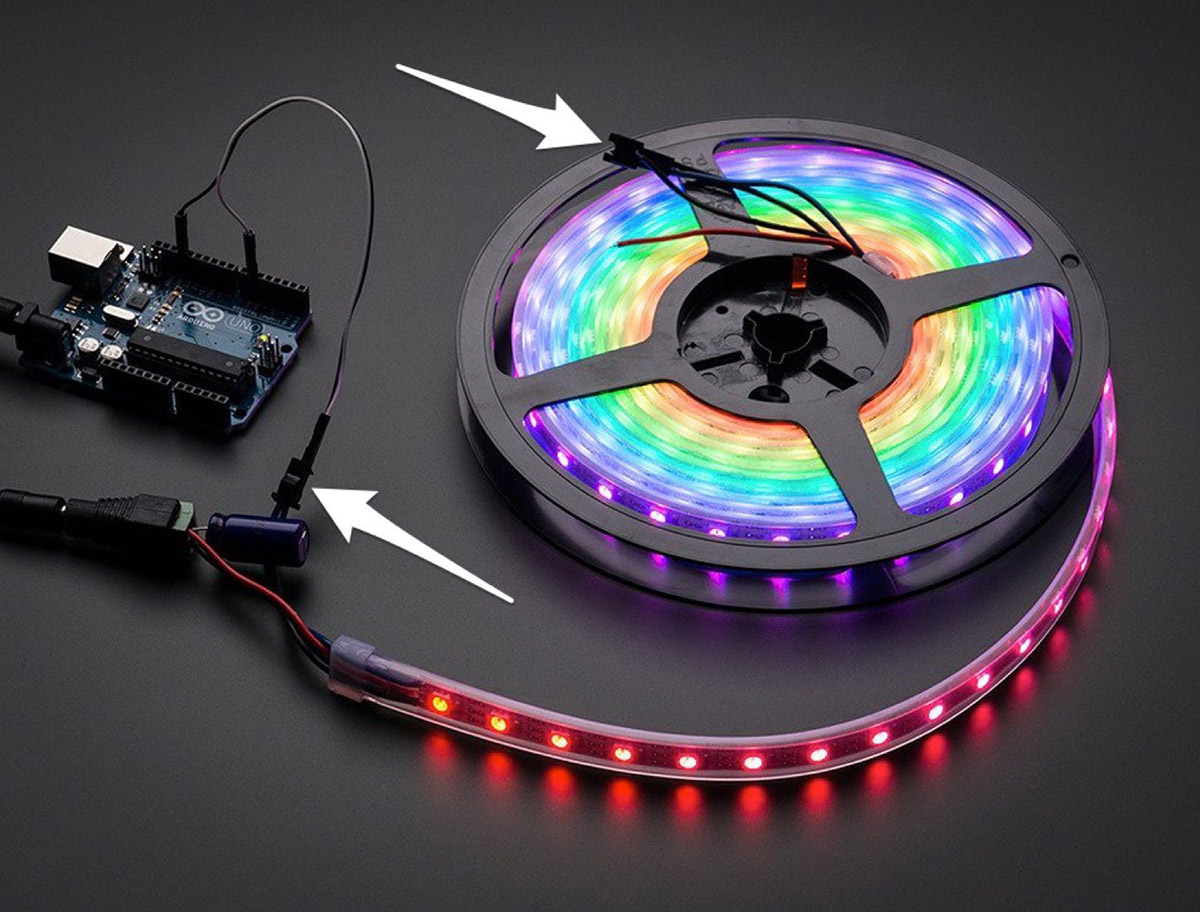
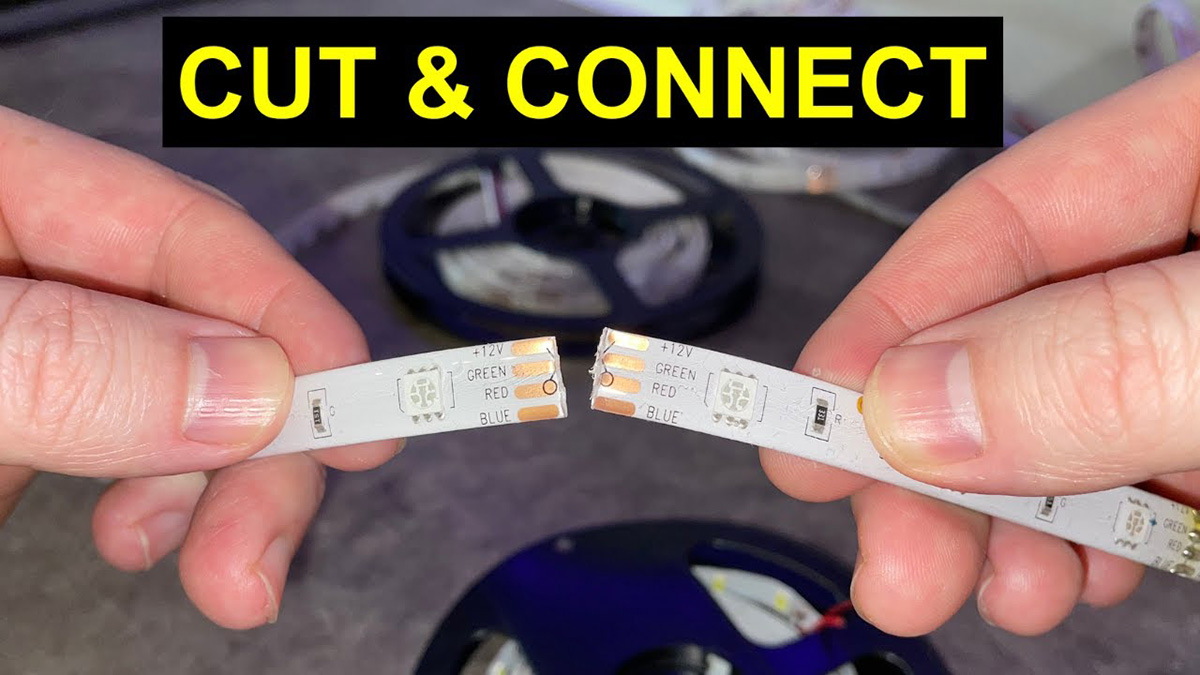
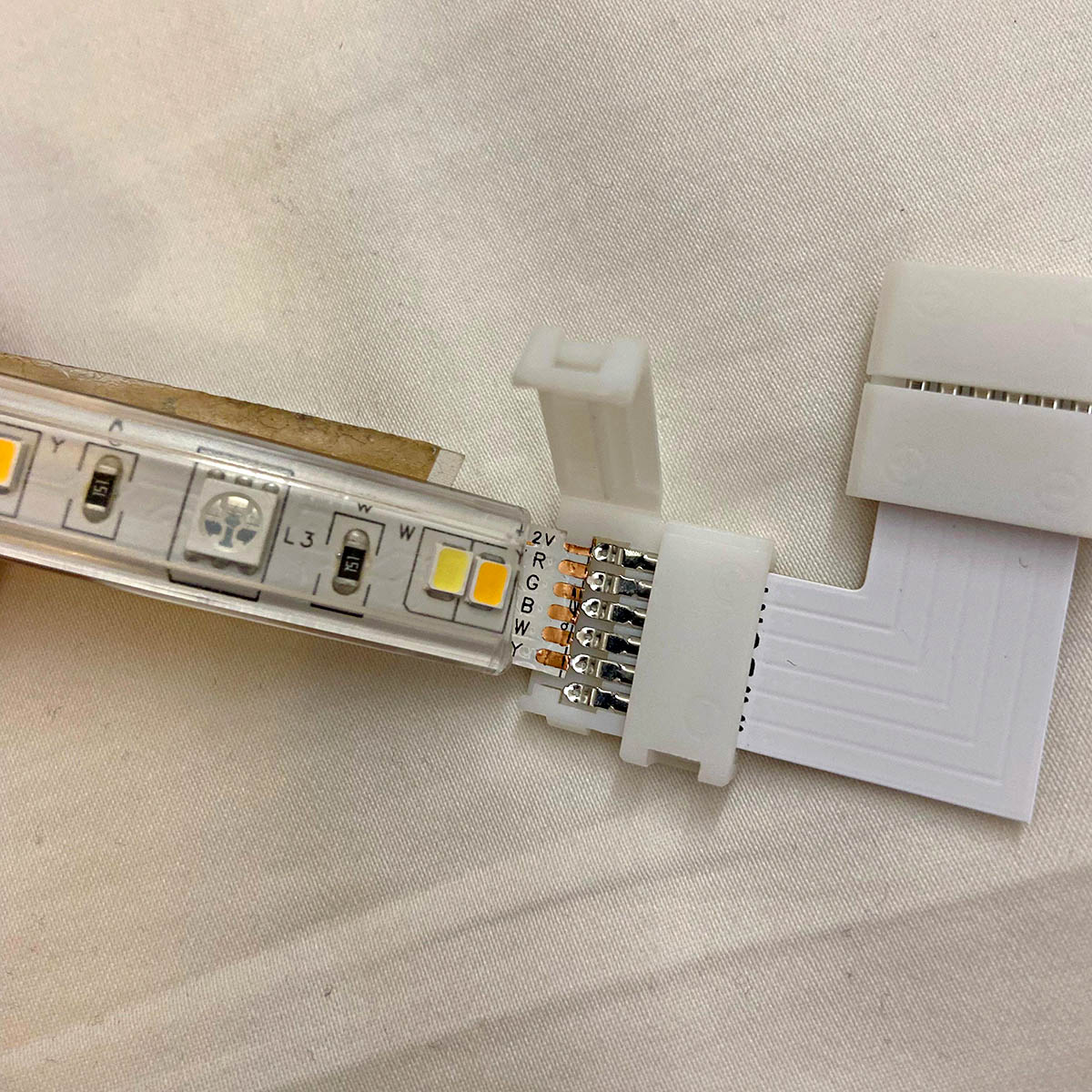
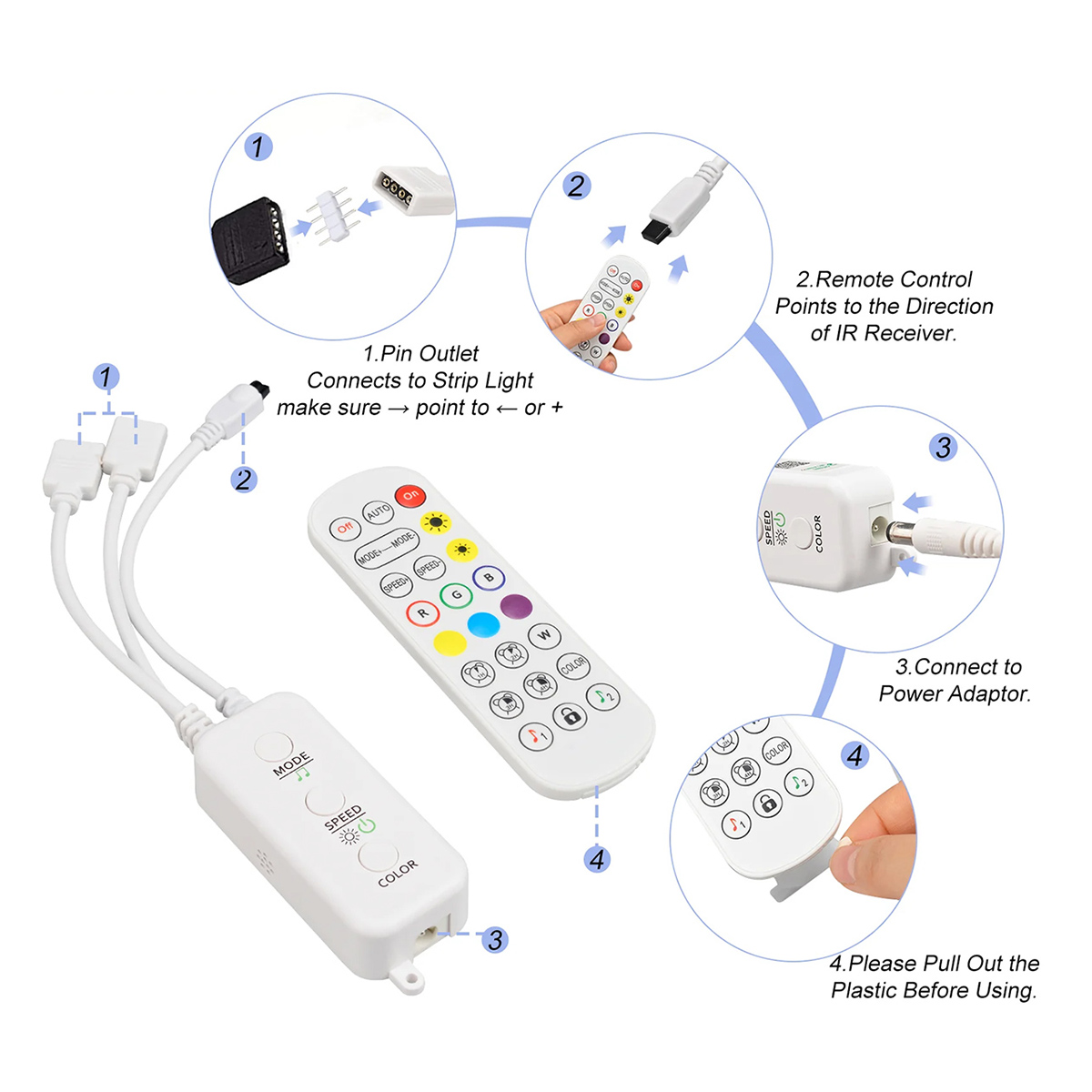
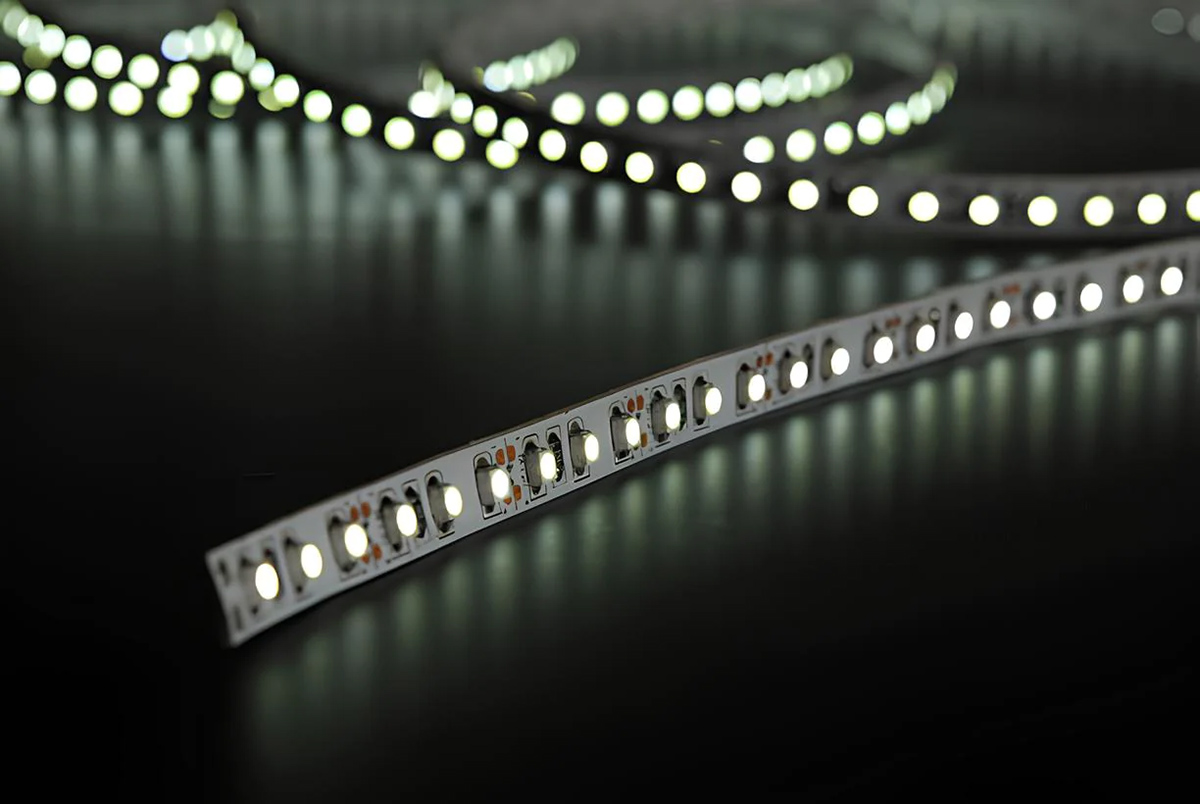
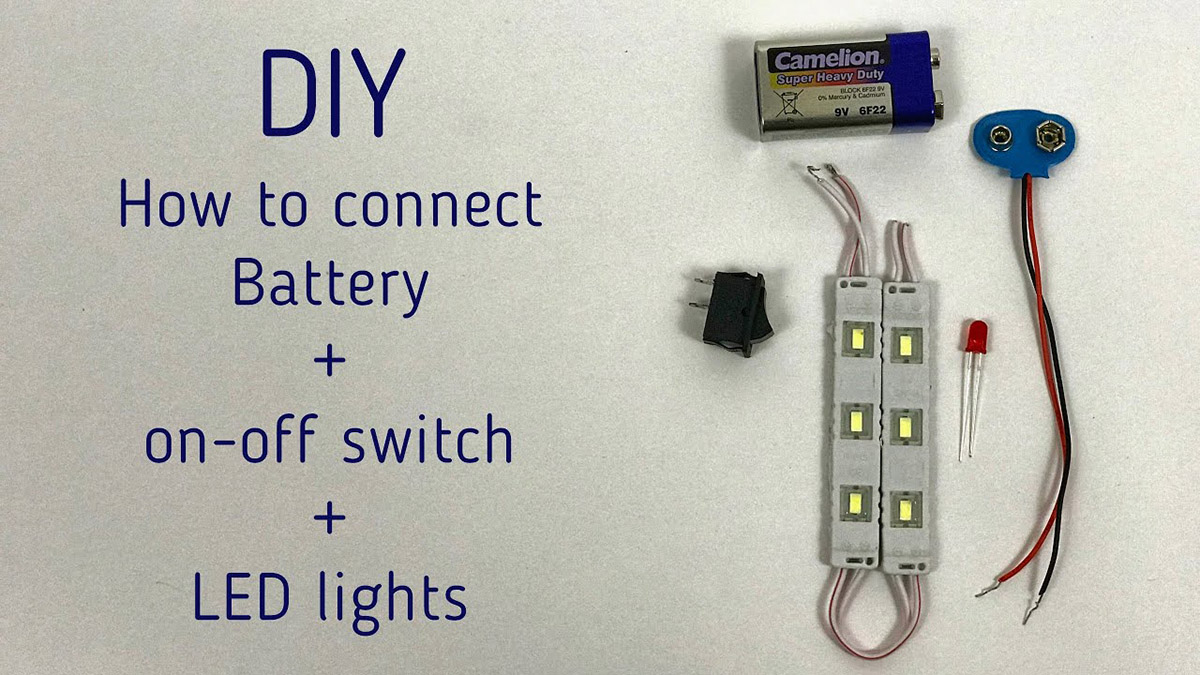

0 thoughts on “How LED Strips Work”